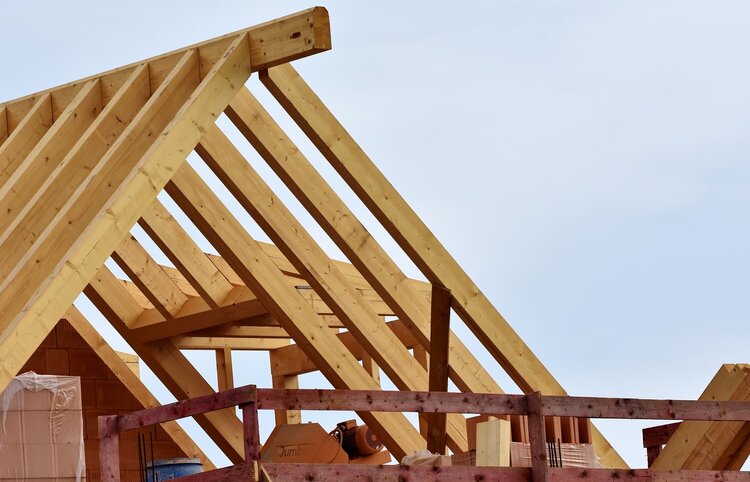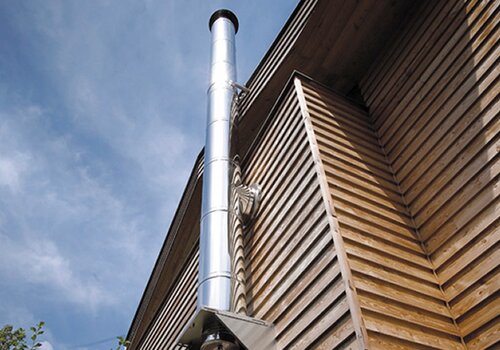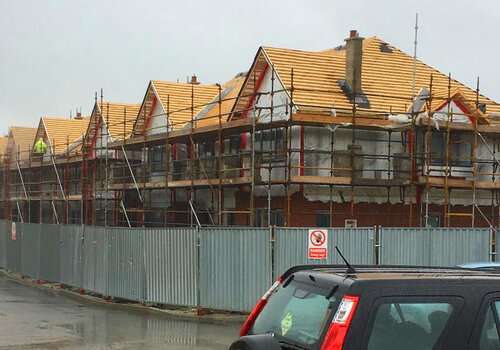Traditional self-build projects have always had heating systems such as gas central heating and solar panels installed.
However, with the increasing costs of gas, and the uncertainty of future supplies, a secondary heating source is required.
There are options such as ground heating pumps, etc. but a real heating system independent of the grid, plus a stunning focal point has to be a wood burning stove.
In fact, wood logs are now the cheapest domestic heating fuel. According to the
Stove Industry Alliance, wood now is “costing households 74% less per kWh than electric heating and 21% less than gas heating”. The benefits don’t end there. “Using a modern wood burning stove also costs 29% less to run than an air source heat pump. Wood logs are 87% less carbon intensive than gas, 88% less than electricity and 74% less than an air source heat pump.”
Building a traditional steel pipe flue system is always an option, but steel systems are more suitable in retrofit projects where minimum disruption is required.
When you are building a house from the ground up, then a more permanent and ultimately lifetime option is the better one.



